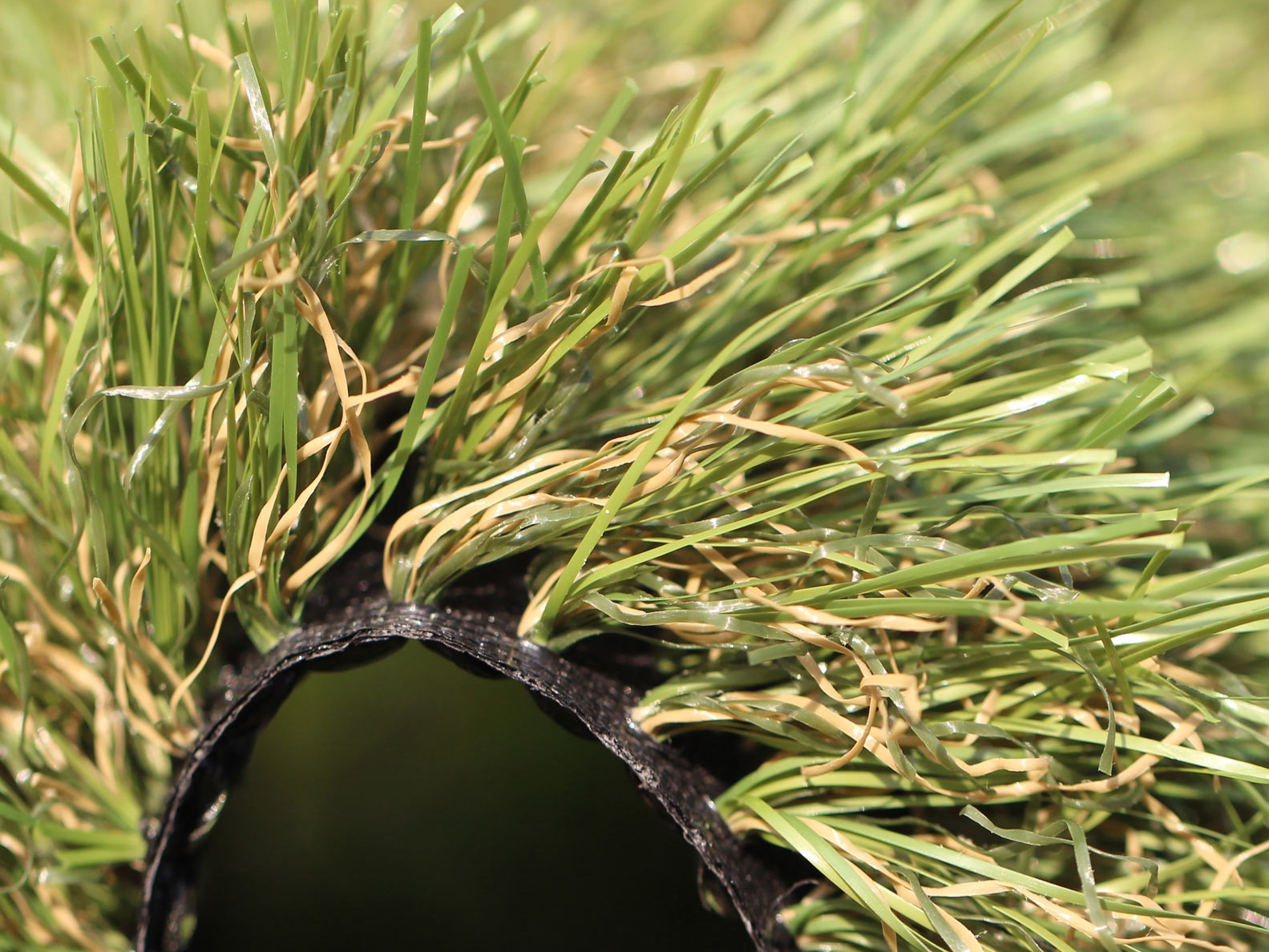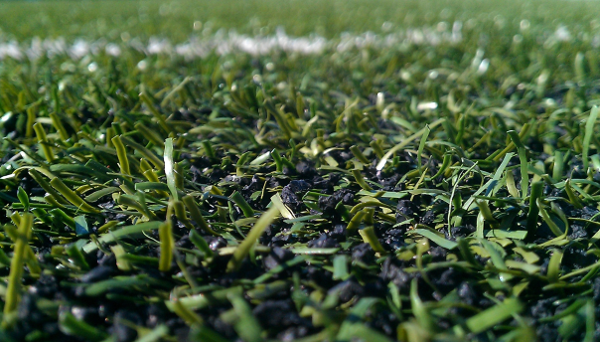Delve Into the Environmental Perks of Opting for Artificial Lawn Solutions
The adoption of man-made lawn remedies offers a compelling chance to resolve pressing ecological obstacles. By dramatically decreasing water use and minimizing the application of damaging chemicals, these options not just advertise sustainable landscape design but additionally secure regional ecological communities.
Water Conservation Perks
Among one of the most substantial benefits of man-made grass is its capability to preserve water. Typical yard lawns call for considerable irrigation, especially in areas vulnerable to drought or water limitations. In contrast, artificial lawn does not need watering, significantly reducing the total need for water resources. This function is particularly valuable in dry areas where water deficiency is a pushing concern.
By getting rid of the demand for regular watering, synthetic grass contributes to lasting landscape methods and assists mitigate the ecological effect of too much water intake. The preservation of water expands to the reduction of overflow, which can lead to soil erosion and river contamination.
Additionally, the installment of fabricated turf permits districts and property owners to assign water resources more efficiently, concentrating on vital usages such as drinking water and farming. The shift towards artificial turf not only advertises responsible water use but also straightens with wider environmental objectives targeted at protecting all-natural sources.
As communities increasingly focus on sustainability, the water preservation advantages of synthetic grass provide an engaging instance for its adoption in business and residential landscaping jobs.
Reduced Chemical Use
The change to man-made turf significantly lowers the dependence on chemical treatments typically utilized in natural turf upkeep. Traditional lawn management generally includes the application of pesticides, plant foods, and herbicides to promote growth and control pests. These chemicals can pose risks to human health and wellness, local wildlife, and the setting, adding to soil and water contamination.
In comparison, synthetic lawn removes the demand for these hazardous substances. By minimizing the launch of artificial compounds right into the environment, man-made lawn advertises healthier soil and water systems.
Additionally, the absence of chemical runoff connected with synthetic grass setups helps secure local rivers from pollution, supporting water life and preserving biodiversity. Arizona artificial turf. As areas significantly focus on lasting practices, opting for man-made lawn offers a sensible remedy that lines up with ecological conservation objectives. Through this change, homeowner can delight in lush environment-friendly areas without endangering eco-friendly wellness, leading the way for a much more lasting future
Reduced Carbon Impact

Furthermore, the installation of synthetic grass can lead to significant water conservation. All-natural grass call for significant amounts of water for irrigation, which not only includes in the carbon footprint related to water removal and therapy yet also pressures regional water sources. On the other hand, man-made turf requires minimal upkeep, calling for no watering, consequently dramatically lowering water usage and its linked energy costs.
Additionally, the longevity of artificial lawn contributes to its decreased carbon impact. With a life-span of up to 15 years or more, the demand for constant substitutes is reduced, resulting in much less waste and reduced power usage in production and dealing with conventional lawn alternatives. On the whole, artificial turf offers a lasting option for environmentally conscious landscaping.
Habitat Preservation
Environment preservation is an important factor to consider in the discussion over landscape design selections, especially when contrasting synthetic grass to natural grass. All-natural grass yards often call for considerable maintenance, including making use of plant foods, chemicals, and herbicides, which can detrimentally affect local environments. These chemicals can seep into the dirt and waterways, hurting indigenous plants and fauna and disrupting regional habitats.
Artificial turf removes the requirement for unsafe chemicals, thereby securing nearby wild animals and maintaining the integrity of surrounding ecosystems. The installation of fabricated lawn can lead to the conversion of former turf locations right into even more biodiverse landscapes, such as pollinator yards or native plant locations, which can support regional wild animals.
Eventually, the shift to synthetic grass not just saves water and reduces maintenance initiatives yet additionally cultivates a much more unified connection in between human activities and the natural environment, advertising environment conservation at advice the same time.
Long-Term Sustainability
Lasting sustainability is a try these out critical consider assessing the advantages of synthetic grass over standard yard yards. Among one of the most considerable advantages of artificial grass is its sturdiness; it can last as much as 15-20 years with very little maintenance, whereas all-natural turf requires constant reseeding and substitute. This long life decreases the demand for continuous sources, such as water, fertilizers, and chemicals, which are important for keeping a healthy yard lawn.
Furthermore, synthetic lawn adds to a reduction in carbon emissions connected with yard treatment devices. Conventional yards typically call for gas-powered mowers, trimmers, and blowers, all of which add to air pollution. Artificial turf companies phoenix. In comparison, fabricated lawn gets rid of the requirement for such tools, promoting a cleaner atmosphere
Moreover, the production of fabricated lawn increasingly utilizes recycled products, improving its sustainability profile. As manufacturers embrace eco-friendly practices, the environmental footprint of man-made lawn remains to lessen.

Conclusion
The adoption of synthetic grass services provides considerable environmental benefits, including substantial water conservation, reduced reliance on unsafe chemicals, and a lower carbon footprint. Furthermore, fabricated lawn help in protecting all-natural environments by minimizing land disturbance and advertising lasting sustainability via using durable materials. Collectively, these aspects emphasize the possibility of synthetic grass to contribute positively to environmental click to investigate health and wellness and supply a viable alternative to conventional landscaping methods in a significantly resource-conscious world.
In comparison, synthetic lawn does not need watering, substantially decreasing the overall need for water resources. By reducing the release of synthetic compounds into the community, man-made turf promotes healthier soil and water systems.
Moreover, the installment of synthetic grass can result in substantial water preservation. In contrast, man-made grass requires very little upkeep, needing no watering, consequently substantially lowering water usage and its connected energy prices.
